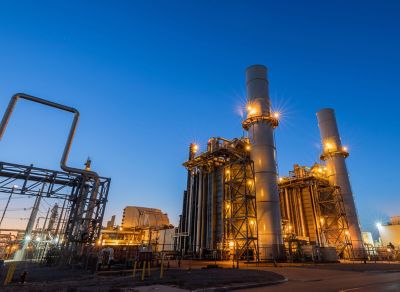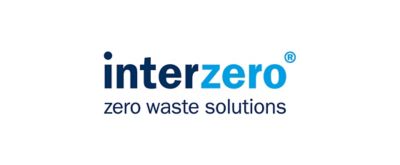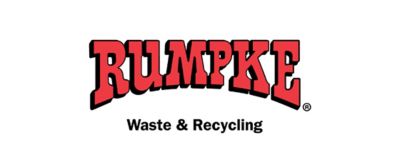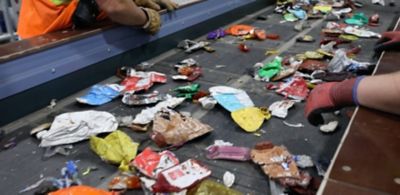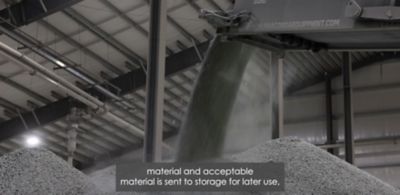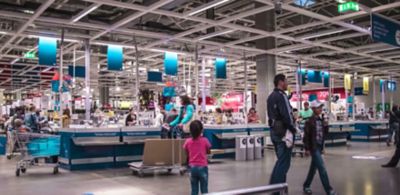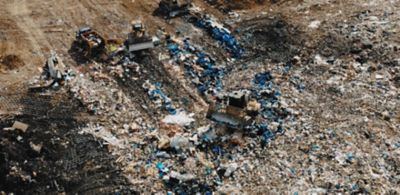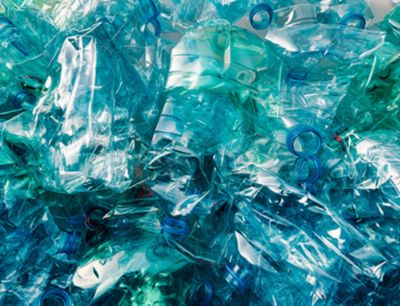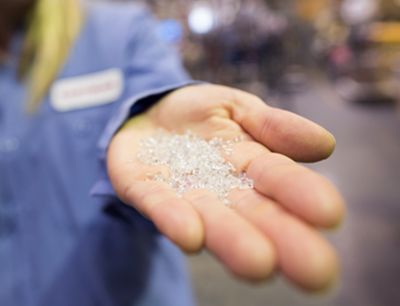
Transforming hard-to-recycle plastic waste
In a world where only 9% of plastic is recycled, Eastman innovation is showing the world what’s possible for hard-to-recycle plastic waste. It’s our feedstock that makes the difference. We are using discarded plastics that mechanical recycling can’t process to feed our technologies and create high-performance circular materials. We are replacing fossil resources with waste that would otherwise end up in landfills, incinerated, or worse, unmanaged in the environment.
Take a virtual tour with us for a closer look at the types of waste that drive our technologies.
Plastic as feedstock: a versatile and responsible solution
Plastic waste takes center stage as a versatile feedstock in Eastman's molecular recycling process. Eastman is committed to responsibly sourcing plastic waste and responsibly producing new materials with a focus on environmental stewardship. By breaking down hard-to-recycle plastic waste into its fundamental building blocks, our technology transforms a wide array of plastics into valuable resources, challenging the conventional notion of plastics as a one-time-use material.

Molecular recycling: what goes in
Ever wondered what happens to those hard-to-recycle plastics? Eastman’s molecular recycling tackles this question head-on by turning challenging waste streams into feedstocks for a circular economy.
Partnerships: key to creating regional circularity
Regional circularity, which involves recycling and processing products within the same region, is gaining traction as it increases recycling rates, reduces the amount of materials landfilled or incinerated, and lowers GHG by eliminating the need for long-distance shipping. At Eastman, we understand cooperation among value chain participants — such as partnerships with recyclers and brands — is crucial for mutual success.
Molecular recycling: what comes out
As a trusted partner, Eastman has become a valued provider of sustainable plastics for leading brands worldwide. Our molecular recycling technologies and responsible sourcing practices have positioned us at the forefront of the industry, offering sustainable solutions that redefine the future of plastics.

Mass balance: making claims with meaning
Mass balance is an accepted and certified protocol that documents and tracks recycled content through complex manufacturing systems. It's used when sustainable inputs like recycled plastic are mixed with traditional inputs like fossil-fuel-based feedstock.
At Eastman, we use both sources to make identical building blocks for materials. Because they’re identical, it is impossible to trace exact molecules to end products. However, we can record how much recycled plastic has been used in manufacturing and balance it with the certified recycled content in end products. Read more here.
Video gallery
-
Transforming Plastic Waste in the World’s Largest Molecular Recycling Facility
-
Tour Eastman's Mixed Plastics Processing Plant
-
The Future of Recycling is in Your Hands | Eastman Tritan Renew
-
Sustainability Without Compromise: End Plastic Waste | Eastman Cristal Renew
-
Eastman is Building a Circular Economy for Automotive Plastic Waste






